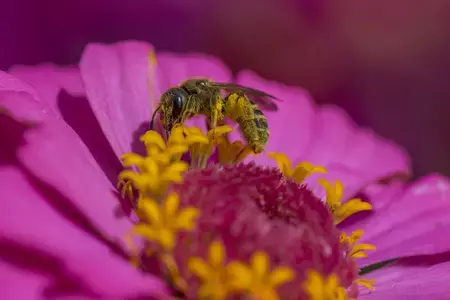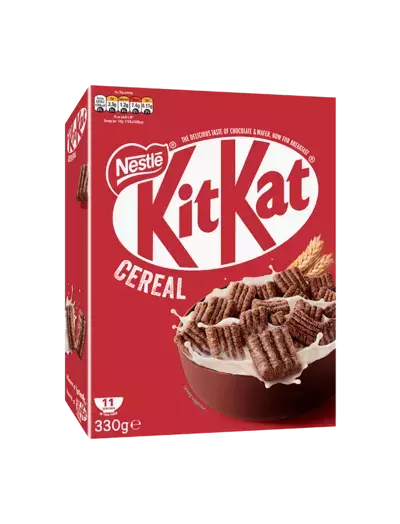Turn your garden into a haven for both humans and bees with a few easy
tricks.
Gardens are our little patches of heaven where we like to relax at the end of the day and enjoy the best of what nature has to offer: the amazing colours and smell of our favourite flowers. But there’s someone else that loves gardens just as much as we do. Bees, our trusted hard-working pollinators, are equally mesmerised by all the flowers in our backyard and their tasty stores of nectar and pollen.
These little guys have been struggling for a while to find the food they need and, as a result, their numbers are declining. Luckily, our gardens can provide the shelter and food that the industrious bees need to keep doing their important job and bring life to our favourite crops.
If you want to help the bees, planting a bee garden is one of the best projects you can start this year. We’ll tell you all about it in this easy-to-follow guide. Here is how to make a bee garden, the easy way.




















